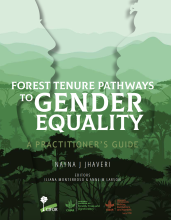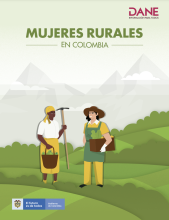Land Library Search
Through our robust search engine, you can search for any item of the over 73,000 highly curated resources in the Land Library.
If you would like to find an overview of what is possible, feel free to peruse the Search Guide.
/ library resources
Showing items 1 through 9 of 46.Achieving tenure security, land and property rights in informal urban settlements remains one of the most persistent, intractable development challenges today.
L’importance de l’accès à la terre aux femmes n’est plus à démontrer, eu égard aux impératifs liés à la réalisation des objectifs de développement durable.
The G+ Customer Profile is a tool for identifying and describing target customers (users) of a breeding
product, such as crop varieties and breeds of livestock. The use of this tool highlights gender
The articles in this Bulletin are written by the following organizations and individuals: National Coordinator for the Defense of the Mangrove Ecosystem (C-CONDEM), Ecuador; Yayasan Pusaka Bentala Rakya (Bentala Raya Heritage Foundation), Indonesia; Venezuelan Observatory of Political Ecology and
This practitioner’s guide explains how to promote gender-responsive forest tenure reform in community-based forest regimes. It is aimed at those taking up this challenge in developing countries.
The study examined women’s roles and gender gaps in land operation and farming, labor arrangements in agriculture and water management, and feminization of agriculture in the Lower Vaksh River Basin in Tajikistan.
El Departamento Administrativo Nacional de Estadística – DANE, en reconocimiento de la necesidad de visibilizar las situaciones de vida de todos los grupos poblacionales, presenta este boletín descriptivo que pretende mostrar un panorama de las condiciones de vida de las mujeres rurales en Colomb
O presente trabalho propõe-se a problematizar a questão agrária no continente africano em geral correlacionada com a experiência específica de Guiné-Bissau a partir do período neoliberal.
The Gambia has one of the fastest urbanization rates in sub-Saharan Africa, with more than two-thirds of the country’s population currently living in the Greater Banjul Area (GBA).







